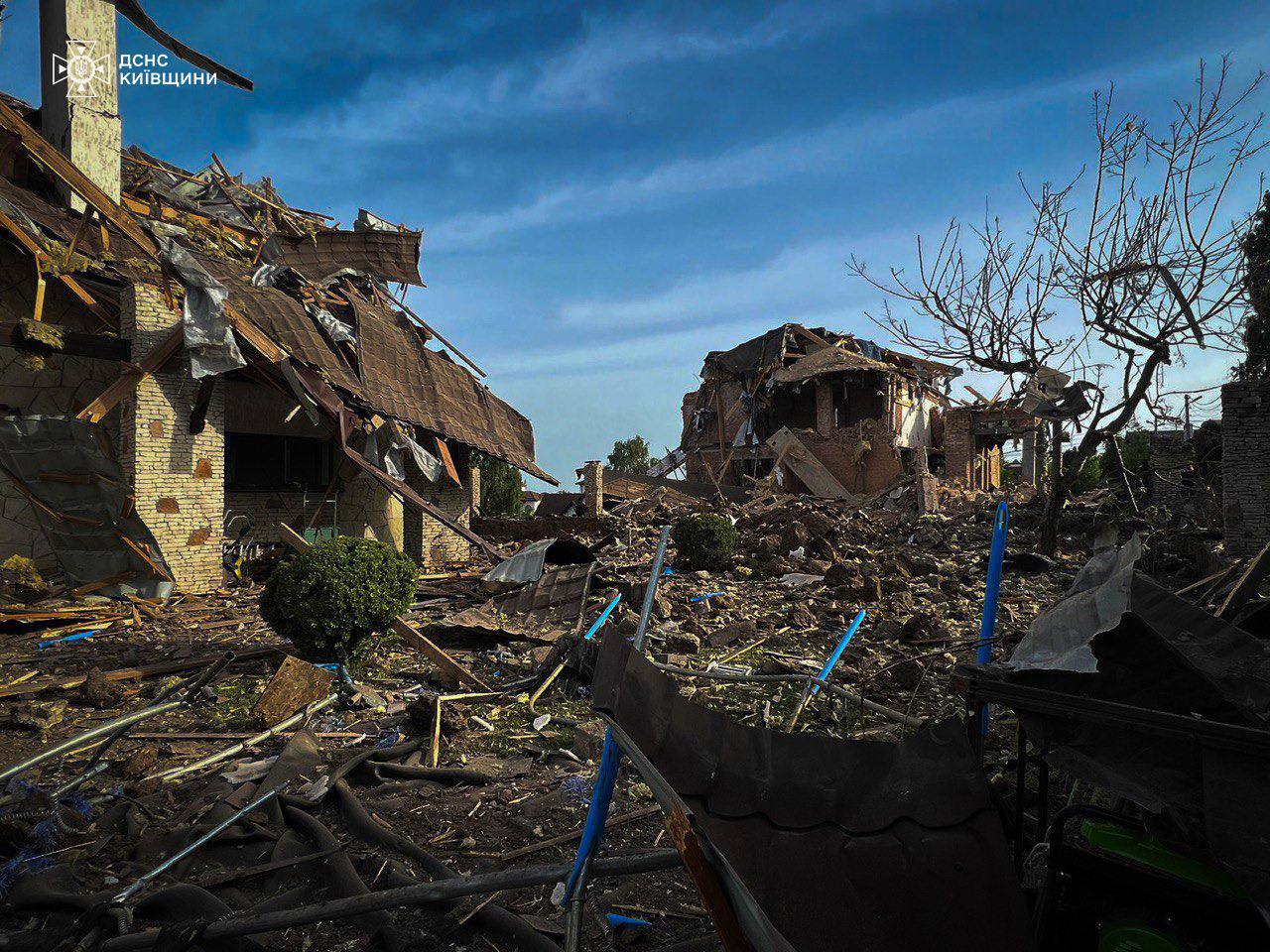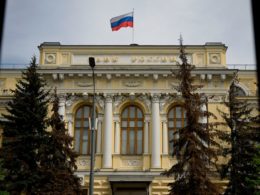Ukrainians are adapting to live under a daily blackout schedule after Russia destroyed almost half of the country's energy facilities, CNN reports.
Since 22 March, Russia has renewed its missile terror on Ukraine and inflicted $1 billion in losses on the power industry.
This year, Moscow began specifically targeting thermal power plants, hydroelectric power stations, and energy storage facilities—a marked shift in tactics from the winter of 2023 to 2024 when the attacks were less precise and the damage easier to repair.
This happened due to better weapons Russia has been using to hit thin Ukrainian air defenses. Officials have also acknowledged that blackouts this winter cannot be avoided but only minimized.
Ukraine is trying to rebuild as many facilities as it can using parts from decommissioned power plants in Europe. Meanwhile, energy companies are securing as many generators and gas turbines as possible to support critical infrastructure through the winter and are working with European partners to increase electricity imports.
Some Ukrainians have begun installing solar panels on their houses. Ukraine has announced new grants to help housing cooperatives invest in panels and heat pumps.
Some Ukrainians are looking to rent a small house outside Kyiv with wood-burning stoves. Companies are cutting some services, such as air conditioning in administrative buildings, and are reducing outdoor lighting. Many of them, such as supermarkets, have generators and modernized refrigerators to save energy and have decreased their range of products with short sell-by dates.
At the same time, Russia gathers huge profits from exporting oil and gas and seeks ways to circumvent sanctions, while Ukraine requires $50.5 billion to rebuild and protect its infrastructure.
That's equivalent to the entire loan, secured by the profits from frozen Russian assets, which Ukraine was recently promised but may not receive for months. The G7, having already spent $3 billion to support Ukraine’s energy sector, announced an additional $1 billion in funding in early June. However, the country cannot afford to wait for these decisions, as it urgently needs more protection and significantly more air defenses for its energy infrastructure.
Read more:
- The Washington Post: New data shows North Korea transporting large amounts of munitions to Russia
- Russia attacks Kharkiv with guided bombs, killing 3, injuring 32
- BBC: Putin warns South Korea to make “big mistake” if it supplies Ukraine with weapons
- Kharkiv rescue operation ends: 2 dead, over 50 injured in Russian attack on residential building
- FT: Satellite images reveal Russia’s oil supplies to UN-sanctioned North Korea





